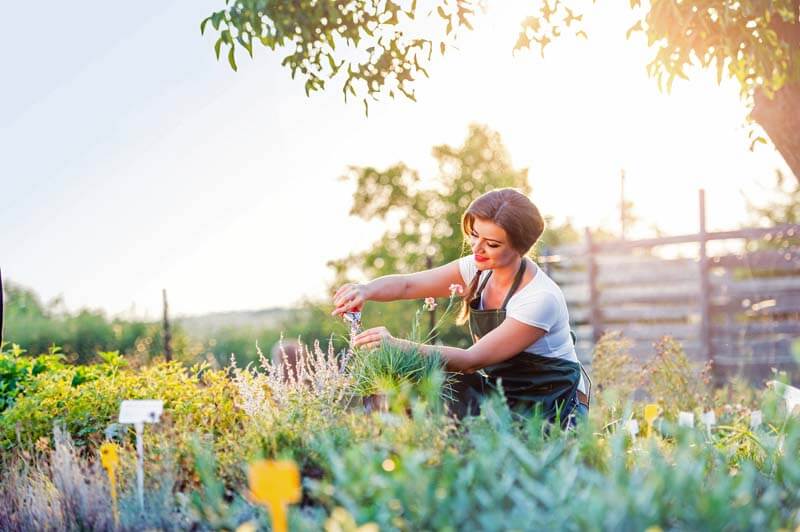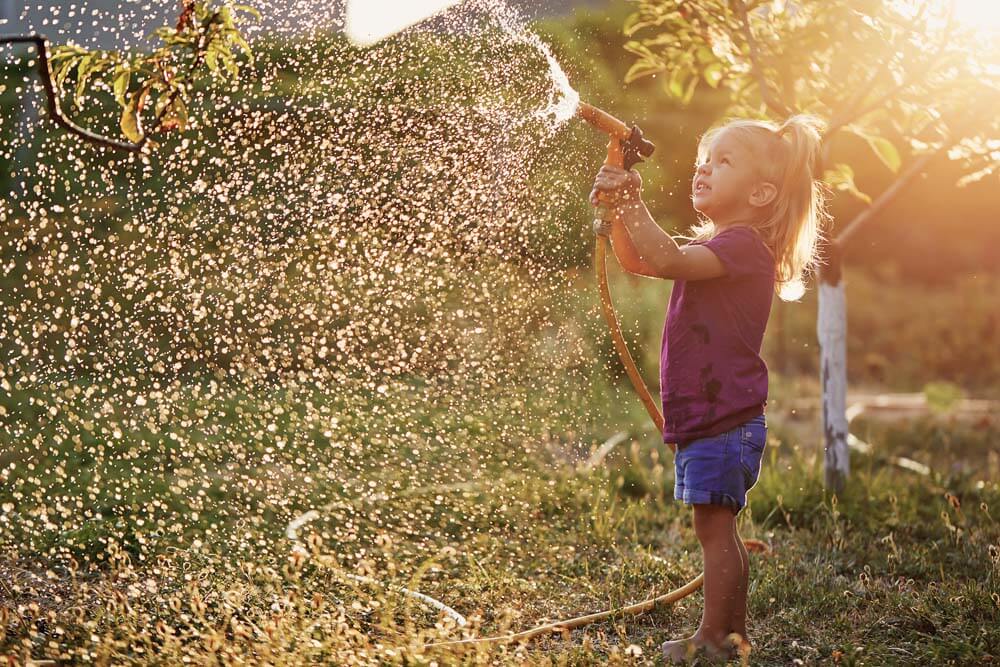
Weeds are half the battle of gardening. And the key to winning that battle is to know your enemy.
Cover the Soil Seed Bank
Weeds use several strategies to sneak into your garden. One is via the soil seed bank. Each cubic foot of soil typically contains hundreds or even thousands of weed seeds (some of which remain viable for decades). Turn the soil, and you will likely liberate enough buried seeds to turn your garden into a weed party. To prevent this from happening, keep those seeds well buried. Shallow-till only, and if any weeds do germinate, use the appropriate strategy to control them (see below). If you must deeply disturb the soil, follow up with some mulch to inhibit weed germination, or with a couple of shallow hoeings to inhibit seed germination and establishment. A scuffle hoe or Japanese hand hoe should be in the weaponry of any serious gardener.

Weed Seed Solarization
Summer solarization is another strategy for dealing with soil disturbance. Rake and level the disturbed area, water it thoroughly, and cover it (and a 1-foot margin) with clear greenhouse polyethylene. Remove the poly in a month or so, after the weed seeds have been thoroughly cooked.
Herbicides should be a last resort and are usually not necessary.
Weed seeds can also arrive from outside the garden, mostly by air (think dandelions) or via introduced soil and soil amendments (compost, potting mix, etc.). Thwart airborne seeds by removing or cutting back neighboring plants that might have your garden on their flight itinerary. Mulched, densely planted gardens are less vulnerable to seeds that do manage to fly in.
Seeds that arrive by soil require a different kind of vigilance (and wariness). Any soil or soil amendments from outside the garden should be considered guilty of weed seed contamination until proven innocent. Always err on the side of caution when adding them. Fafard products such as Fafard Garden Manure Blend and Natural & Organic Compost make safe and reliable conditioners for your soil.

Some weeds invade not by seed but by rampant vegetative growth such as underground rhizomes. Plants with thuggish growth habits are best kept at a distance from those of more restrained growth. When this is not possible (as when lawn abuts a perennial bed), a good half-moon edger is an indispensable tool for keeping pushy neighbors at bay. Cut a 2- to 4-inch-deep mini-trench, sloped toward the garden side and steep-walled toward the lawn side. Physical barriers such as plastic or metal edging (or a good wide path) can also work to separate plants that have incompatible behaviors.
Whatever measures you take to exclude them, some weeds will invade – and the best way to deal with them depends on which lifestyle they follow. Shallow tilling makes short work of most annual and biennial weeds, as do flame weeders and dehydrating fatty-acid herbicides (such as Avenger). Pulling these short-lived plants is wasted effort or worse because it often brings weed seeds to the surface along with the roots.

Shallow tilling will also eliminate most clump-forming, fibrous-rooted perennials, although some will require repeat treatments. Aggressive or tap-rooted perennials pose greater challenges, however. Once established, they can be virtually impossible to eradicate. Quackgrass (Elymus repens), bindweed (Convolvulus arvensis), pokeweed (Phytolacca americana), red sorrel (Rumex acetosella), celandine (Chelidonium majus) and curly dock (Rumex crispus) are among the weeds that will wreak horticultural havoc if they’re allowed to set up shop in your garden.
It all comes back to knowing your enemy. If you know your local weeds and their growth patterns, you’ll also know the best way to respond.










